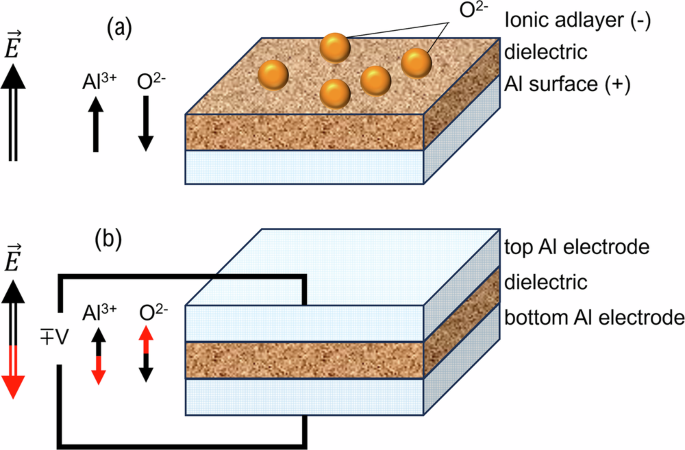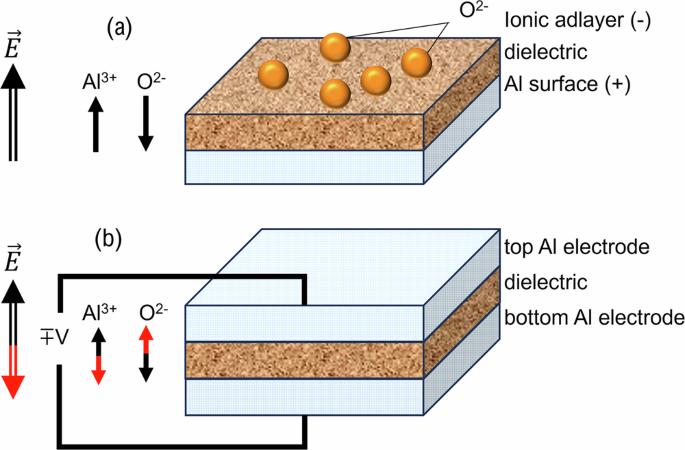非晶氧化物隧道结的交替偏压辅助退火
IF 7.5
Q1 MATERIALS SCIENCE, MULTIDISCIPLINARY
引用次数: 0
摘要
超导量子比特(量子比特)依赖于超薄的非晶氧化物隧道势垒,这种势垒在生长过程中可能存在严重的不均匀性和缺陷。这会导致电路中出现相对较大的不确定性和有害效应,从而限制了可扩展性。为结点可重复性问题找到稳健的解决方案一直是该领域的长期目标。在这里,我们展示了一种可控调节铝氧化物隧道结电气特性的变革性技术。该技术通过对隧道结单独施加低电压、交替偏压来实现,电阻调整率超过 70%。数据显示,相干性得到改善,两级系统缺陷减少。透射电子显微镜显示,尽管氧化铝配位在整个势垒上的分布更加均匀,但经过处理的结主要是无定形的。这项技术有望用于其他基于离子非晶材料的器件。本文章由计算机程序翻译,如有差异,请以英文原文为准。


Alternating-bias assisted annealing of amorphous oxide tunnel junctions
Superconducting quantum bits (qubits) rely on ultra-thin, amorphous oxide tunneling barriers that can have significant inhomogeneities and defects as grown. This can result in relatively large uncertainties and deleterious effects in the circuits, limiting the scalability. Finding a robust solution to the junction reproducibility problem has been a long-standing goal in the field. Here, we demonstrate a transformational technique for controllably tuning the electrical properties of aluminum-oxide tunnel junctions. This is accomplished using a low-voltage, alternating-bias applied individually to the tunnel junctions, with which resistance tuning by more than 70% can be achieved. The data indicates an improvement of coherence and reduction of two-level system defects. Transmission electron microscopy shows that the treated junctions are predominantly amorphous, albeit with a more uniform distribution of alumina coordination across the barrier. This technique is expected to be useful for other devices based on ionic amorphous materials. Amorphous aluminum oxide tunnel junctions are important for cryogenic and room temperature devices. Here, the authors demonstrate the use of alternating-bias-assisted annealing for transforming and tuning transmon qubit junctions, where giant increases in excess of 70% in the room temperature resistance can be achieved.
求助全文
通过发布文献求助,成功后即可免费获取论文全文。
去求助
来源期刊

Communications Materials
MATERIALS SCIENCE, MULTIDISCIPLINARY-
CiteScore
12.10
自引率
1.30%
发文量
85
审稿时长
17 weeks
期刊介绍:
Communications Materials, a selective open access journal within Nature Portfolio, is dedicated to publishing top-tier research, reviews, and commentary across all facets of materials science. The journal showcases significant advancements in specialized research areas, encompassing both fundamental and applied studies. Serving as an open access option for materials sciences, Communications Materials applies less stringent criteria for impact and significance compared to Nature-branded journals, including Nature Communications.
 求助内容:
求助内容: 应助结果提醒方式:
应助结果提醒方式:


